This unit is one of the basic lectures provided by HYPERedu and introduces the physical basics and scientific requirements defining sensor technology, the principles of data acquisition, as well as their properties. A selection of popular sensors deployed on different platforms is presented, while a special focus lies on EnMAP. It is recommended to study the unit “Principles of imaging spectroscopy” before starting this unit. Additional information on the topic of this unit can be found in HYPERedu’s Basic MOOC “Beyond the Visible – Introduction to Hyperspectral Remote Sensing”, Lesson 4.
This unit was originally published in March 2022. The revised version is accessible since February 2023.
How to cite this slide collection: A. Brosinsky, M. Brell, S. Livens, K. Segl, T. Kuester, H. Kaufmann, L. Guanter, S. Foerster (2022). Imaging spectroscopy sensor technologies – How imaging systems are defined and how they acquire data. HYPERedu, EnMAP education initiative, German Centre for Geosciences GFZ; originally published March 2022, 2nd revision February 2023.
Please help us to further improve the hyperspectral resources and send us your feedback to hyperedu@eo-college.org


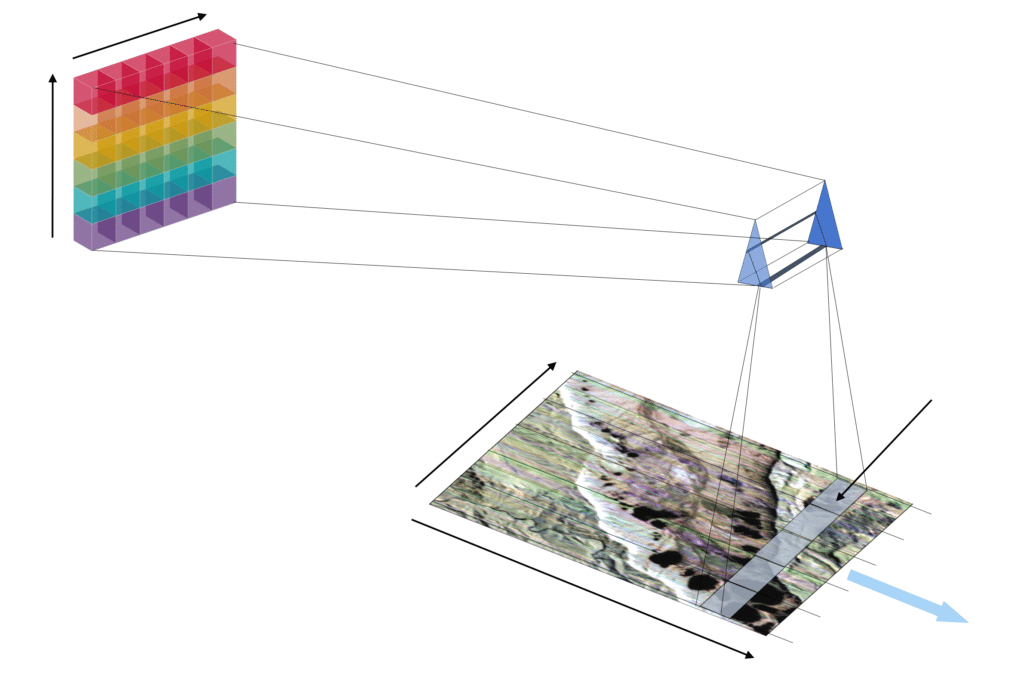
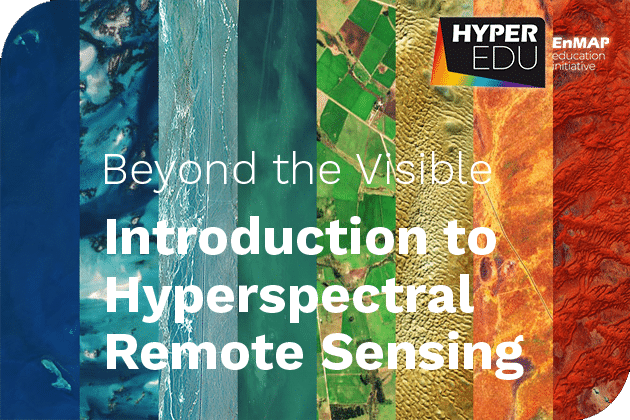
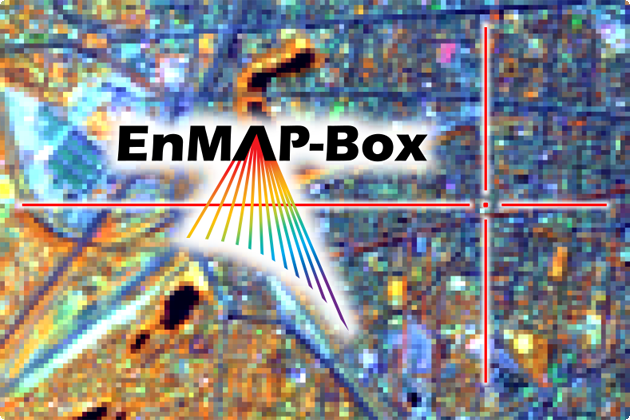
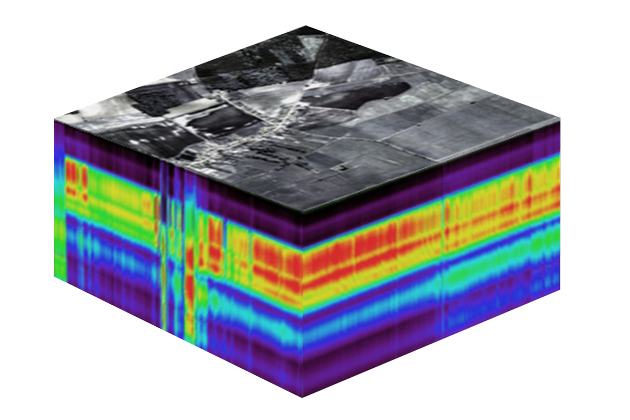
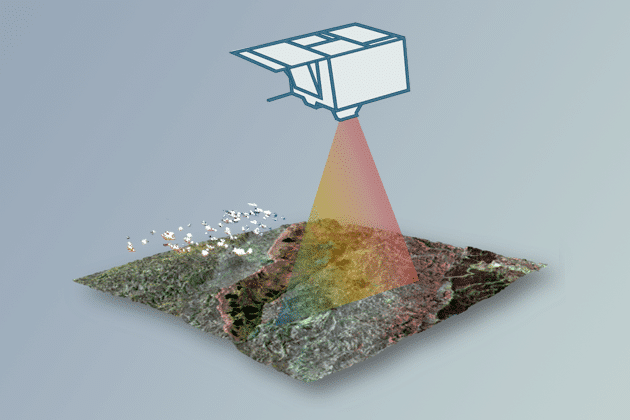
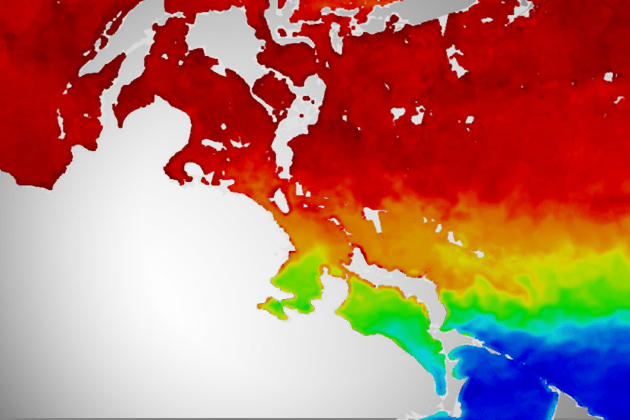
Responses